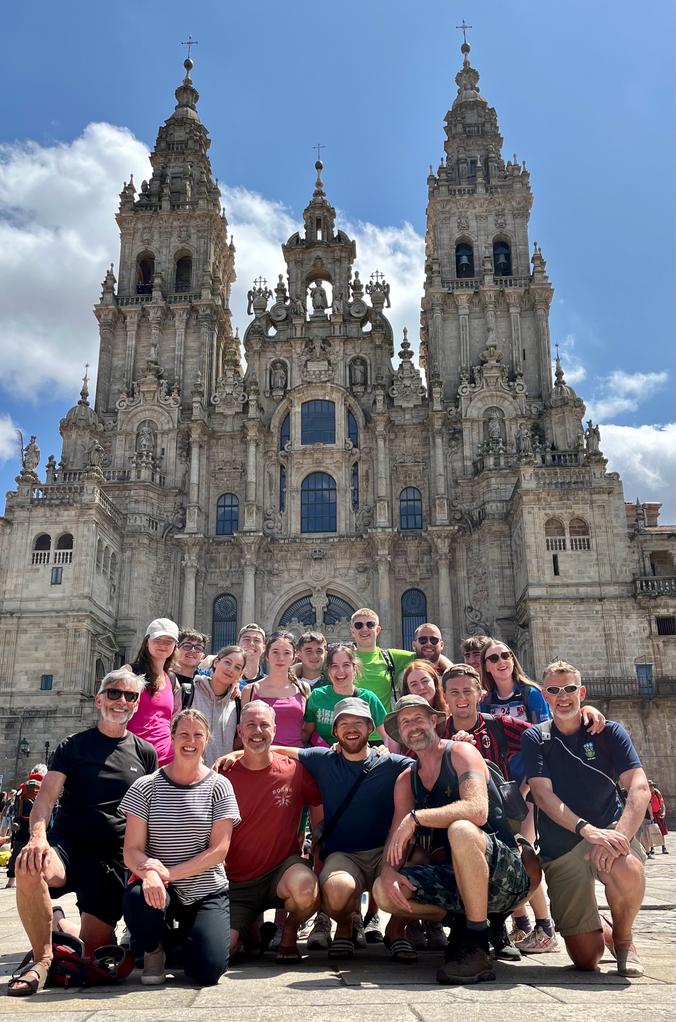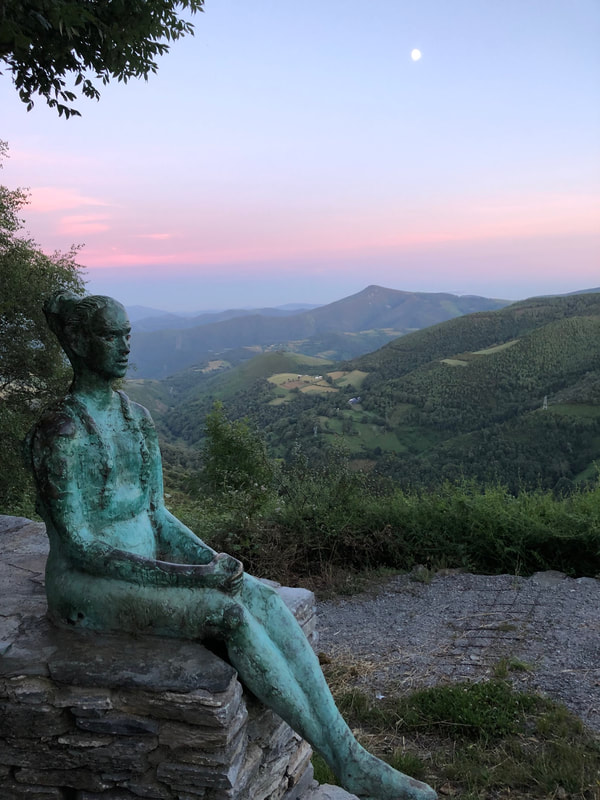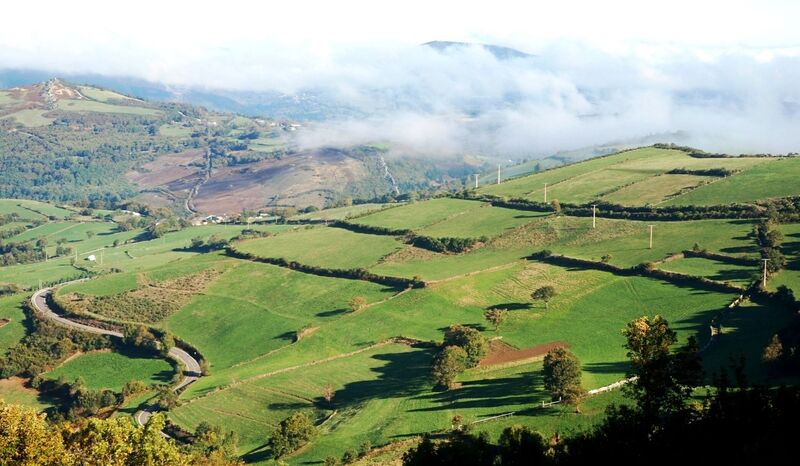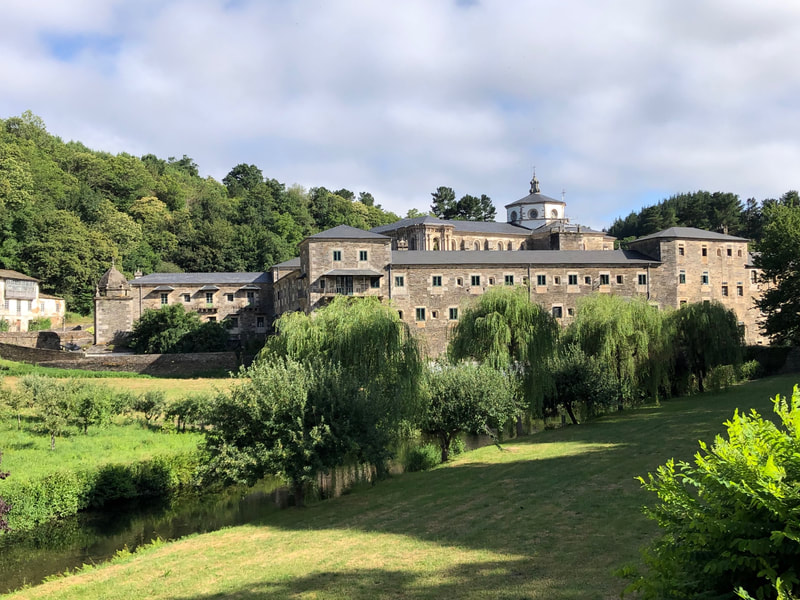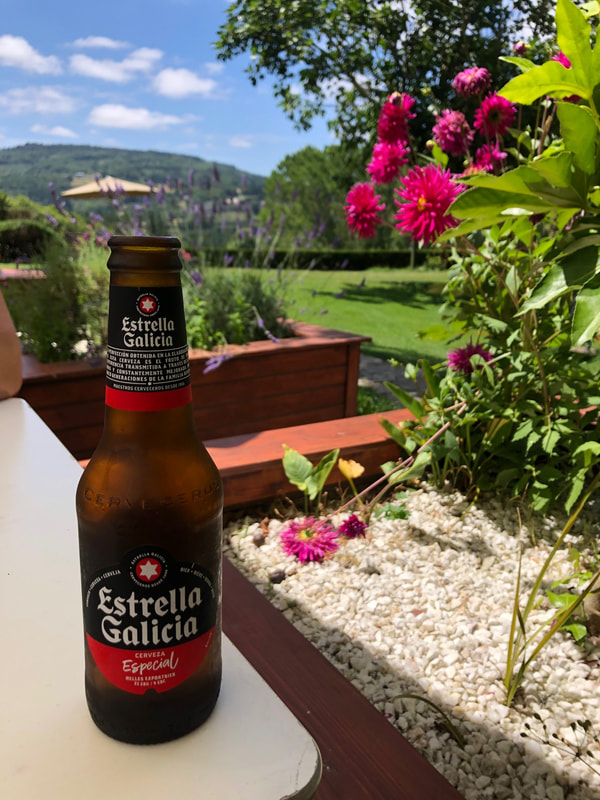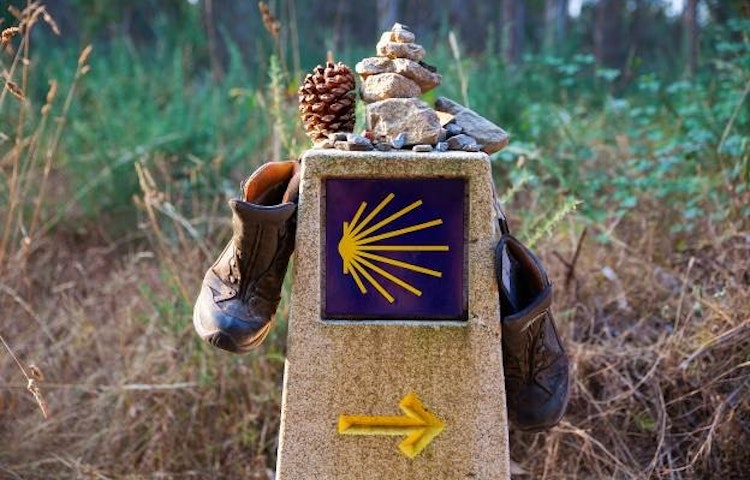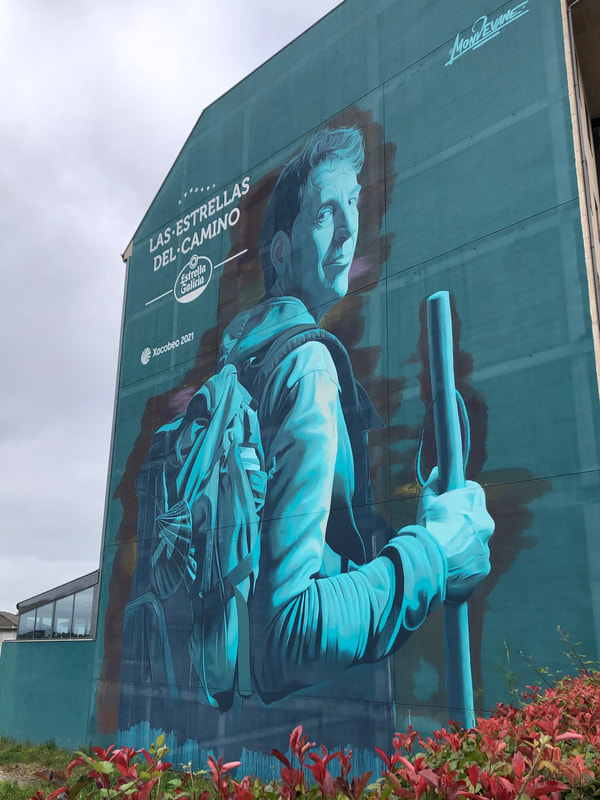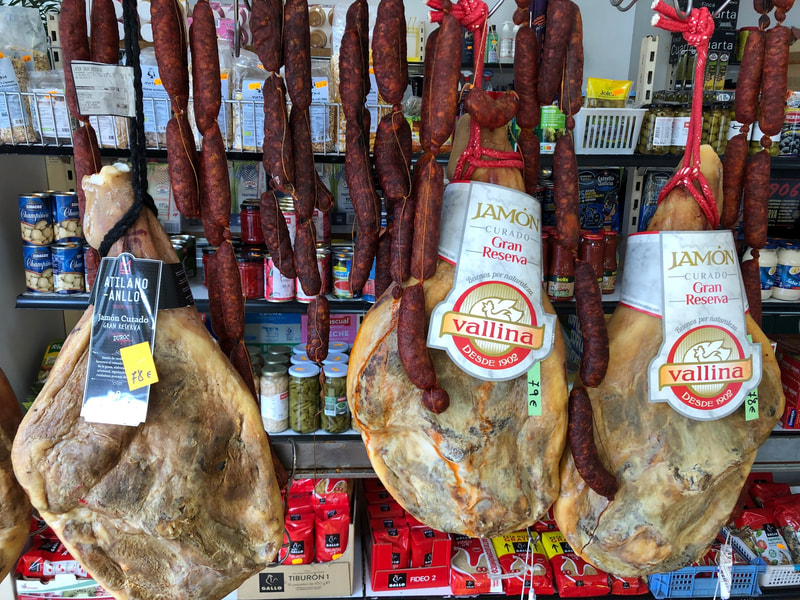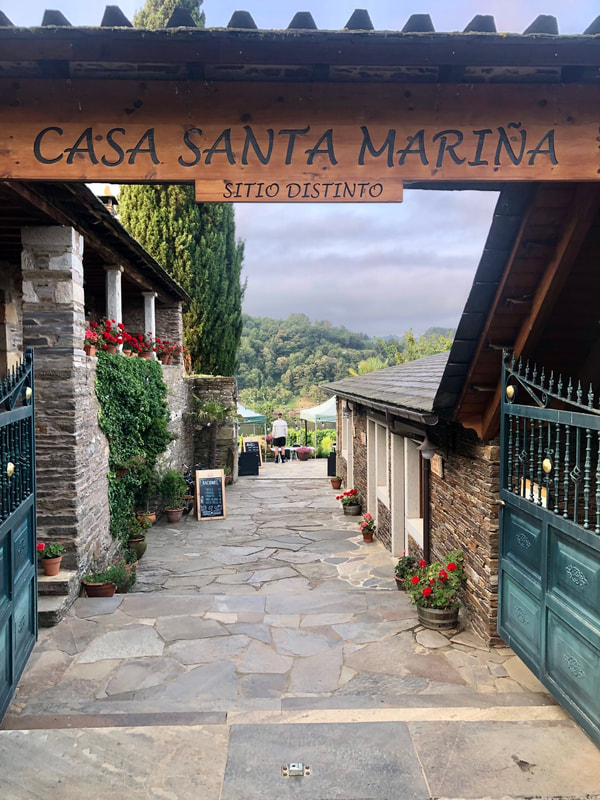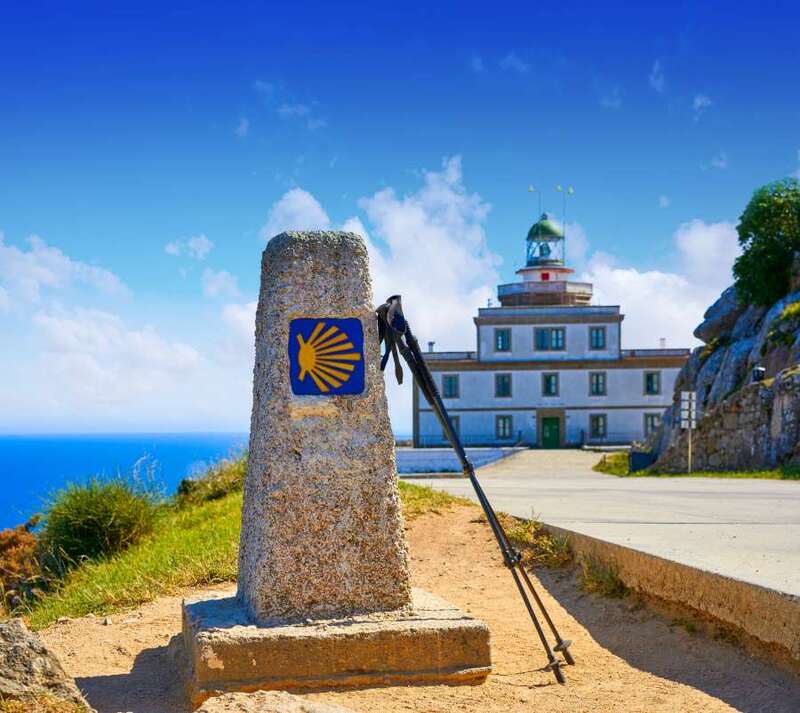“All of us travel two paths simultaneously- the outer path along which we haul our body and the inner pathway of soul.”
– John Brierley
– John Brierley
What's the FocusThousands of people walk the Way of Saint James every year. At over 800km long, the path takes intrepid explorers through landscapes of mountains, valleys, deserts and urban areas along the northern territory of Galicia, Spain ending in the enchanting Santiago de Compostela.
James, who was part of Jesus' inner circle of followers, is thought to have walked this path to bring the gospel to the ends of the known world. The arc of the story of James goes from fisherman, to wanting to rule the world, to becoming the first apostle to lose his life for Jesus. As a result, pilgrims have been journeying to Santiago de Compostela since the 10th century where the bones of James are thought to be buried. The focus of this pilgrimage is 1) to examine the teachings of Jesus by exploring some of the moments Jesus has with James in Scripture and 2) to flesh out how servant leadership turns the world upside down. Questions are welcomed and discussion is expected. Together, we will walk the last 100 miles from O Cebreiro to Santiago de Compostela along the Via Frances. As we walk, talk, eat, and drink with fellow pilgrims, we will traverse the miles and share life together. When the evening draws in, we will share meals accompanied by the rich local wines, and revel in the unique community that this experience creates. **There is also the option of walking the Portuguese central route from Ponte de Lima to Santiago via the Water and Stone Spiritual way (also 100 miles). |
Itinerary Highlights
Cost: $1,750 per person shared/$2,150 per person single
Itinerary Details
Day 1: Arrive in Santiago de Compostela
Day 2: O Cebreiro to Triacastela (20.5 km)
Day 3: Triacastela to Vila de Sarria (23.9 km)
Day 4: Vila de Sarria to Portomarin (23.2 km)
Day 5: Portomarin to Palas de Rei (25.6 km)
Day 6: Palas de Rei to Ribadiso da Baixo (24.6km)
Day 7: Ribadiso da Baixo to Pedrouzo (21.5 km)
Day 8: Pedrouzo to Santiago de Compostela (19.7 km)
Day 9: Recovery/Rest Day or Beach Day in Finisterre
Day 10: Part ways, transport to airport
**Optional add on days for briefing and debriefing available upon request
Day 2: O Cebreiro to Triacastela (20.5 km)
Day 3: Triacastela to Vila de Sarria (23.9 km)
Day 4: Vila de Sarria to Portomarin (23.2 km)
Day 5: Portomarin to Palas de Rei (25.6 km)
Day 6: Palas de Rei to Ribadiso da Baixo (24.6km)
Day 7: Ribadiso da Baixo to Pedrouzo (21.5 km)
Day 8: Pedrouzo to Santiago de Compostela (19.7 km)
Day 9: Recovery/Rest Day or Beach Day in Finisterre
Day 10: Part ways, transport to airport
**Optional add on days for briefing and debriefing available upon request
What's Included
- 9 nights accommodation (the pilgrim way/single occupancy). Pilgrim plus luxury options upon request.
- All baggage transport for those not wanting to carry a pack
- Airport transfers
- Dedicated travel & experience guide
- Custom guidebook
- Spiritual Direction per request
- Pre-travel prep and content
- All breakfasts and dinners
- SOS (emergency evacuation only)
What's not Included
- Airfare
- Recovery/Rest day activities (optional add-on)
- Pilgrim plus luxury accommodations (optional add-on)
- Passport, visa, or luggage fees
- Any personal purchases
- Any meals not indicated on itinerary (lunches), as well as beverages at meals
- Recommended travel protection/insurance
- Anything else not explicitly mentioned as included
